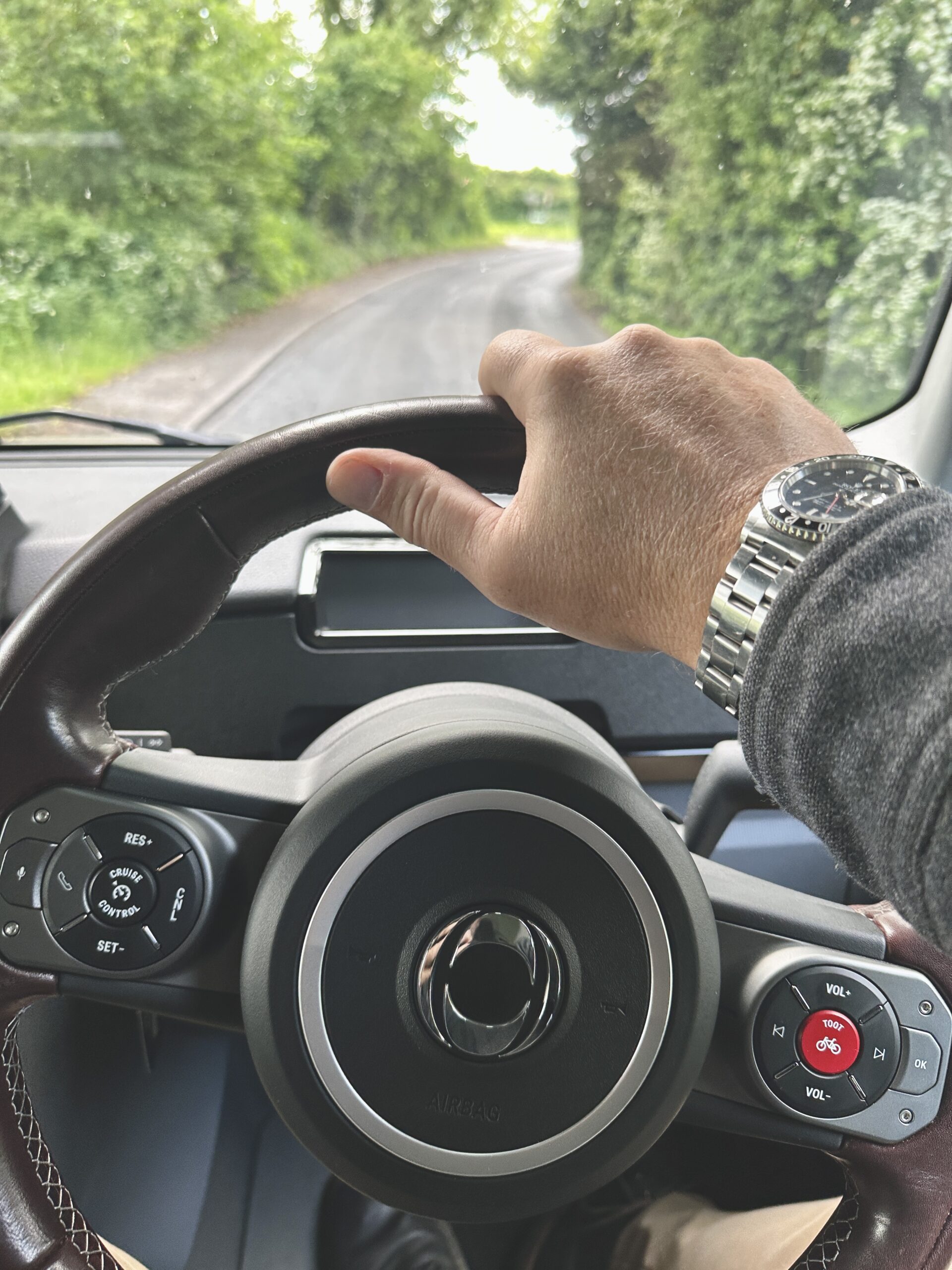Few places on the planet resonate with the adventurer like the African continent, from the vibrant cultures to the ancient civilizations, megafauna, and some of the most remote and inspiring landscapes on earth. Over the past two decades, we have been fortunate to circumnavigate the planet three times and cross all seven continents. For our next journey, Overland Journal is embarking our long-axis Trans-Africa continental crossing.

Some of our travels from the past two decades of overlanding, including many from the Expedition 7 project, which took the same vehicle to all seven continents.
Today marks day zero of the journey, as our Ineos Grenadier arrives in Durban, and we begin lightly preparing the vehicle to meet our needs as travelers. We selected the Grenadier because of its “Built on Purpose” design, robust construction, off-highway capabilities, and wagon configuration (Editor’s Note: We are not being paid to use the Grenadier). As we often share, pinnacle overland vehicles like the Grenadier require few changes for overlanding, and the Grenadier is no exception. We have no modifications planned for the vehicle, but we will add some storage and systems that help support the adventure.
Taking Delivery of the Grenadier
We took delivery of the Grenadier in London and spent a week exploring the countryside and testing the vehicle at the Millbrook proving grounds in Bedfordshire. In London, I worked with the Ineos team on securing RORO shipping, spares, support equipment, and the Carnet de Passage for importation.


My first moments behind the wheel, of what will be multiple months of exploration. Taking delivery of the Grenadier at Ineos HQ in London.
Our preparations have begun in Johannesburg, working with longtime friends and partners to help source the needed kit and discussing the route plans with experienced Trans-Africa overlanders. After a few weeks in Joburg, we will conduct a test run through Lesotho and the surrounding bushveld before heading to Cape Town and our launching-off point.

Planned Grenadier Fieldmaster Modifications and Support Equipment:
- Secure vehicle storage, including a drawer system
- Inside sleeping platform that retains the rear seats
- Garmin GPS navigation and satellite communication
- Recovery gear, tools, and spares
- First aid and emergency supplies
- Melvill and Moon canvas seat covers and bed rolls
- Redarc battery management with auxiliary lithium battery
- Additional 80 liters of auxiliary fuel in Giant Loop bladders and NATO cans
Our Trans-Africa Overland Route Plan
The original plan was to drive along the classic eastern track from Cape Town to Cairo. With Sudan’s closed border, we are looking at all possibilities, including driving north to Kenya and crossing through Rwanda to the DRC and up the west coast. Adjustments are all part of the adventure, and I am being in the moment and taking the journey country by country.
To help document the journey, I will have Joe Fleming along for most (if not all) of the trip. Joe is an inspiring visual storyteller, an experienced traveler, and a good friend. Others are planning to join for short sections too, and we will share our experiences on the pages of Overland Journal, in articles for expeditionportal.com, on our YouTube channel, and on The Overland Journal Podcast.
I am so grateful for the support of my family and the Overland International team in undertaking this trip, along with the generous help from Aether Apparel, Front Runner, Garmin, Ineos Automotive, Redarc, and others. We look forward to meeting some of you along our trans-Africa continental overland journey and celebrating what will become a historic first (more on that soon).
Have a listen to our podcast, where Matt Scott and I dive deep on the trip and vehicle. Apple Podcast
Yours in adventure,
Scott Brady
Publisher
Instagram and Threads: @scott.a.brady
Twitter: @scott_brady


